Dental problems always come at the wrong time
Do you know what it’s like when your gums hurt like hell from one day to the next, so that eating is absolutely no fun any more? Or has it already happened to you that a tooth starts to wobble slightly for no reason? You don’t think much of it at first, but the next day the whole area around the tooth, including the lip, hurts. Strangely enough, this usually happens when you are far away from civilisation. Maybe in an alpine hut, without a car of course. And the mobile phone is probably broken. Since I am often in such – so to speak – absurd situations, I now know how to help myself quite well. Even without medication. I would like to share my wealth of experience with you here. I hope you won’t find yourself in the situation where you need this advice, but maybe it will be interesting anyway. And you never know…
In the following overview you can simply click on the individual points to get to the corresponding part of the article.

Home remedy overview
—— Mouthwashes ——
- Alcohol (pure or with herbs)
- Salt water (1-2 teaspoons in a glass of water)
- Vinegar or lemon juice (a squeeze in a glass of water)
- Cinnamon (a teaspoon in a glass of boiling water, let cool)
- Ginger (make tea)
- Herbal teas (peppermint, sage, lavender, camomile, juniper berries, thyme, marjoram)
- Wild herbs (as tea: lady’s mantle, groundsel, daisies, marigold, giant margarite, Artemisia Annua, stinging nettle, dandelion)
- Rose petals (as tea, from fresh or dried leaves)
—— for application ——
- Turmeric (mixed with water and applied 3-4 times a day or chewed fresh)
- Spice clove (against pain, bitten on or as oil)
- Coconut oil (apply directly)
- Garlic (crushed or diluted with water)
- Ginger (chewed pure)
- Tea bags or chewed herbs (peppermint, sage, lavender, camomile, juniper berries, thyme, marjoram)
- Wild herbs, tincture or chewed (lady’s mantle, groundsel, daisies, marigold, giant margarite, Artemisia Annua, stinging nettle, dandelion)
- Aloe vera (fresh gel)
- Healing clay (pure or mixed with water/herbal tea)
—— Applied externally ——
- Healing clay (pure or mixed with water/herbal tea)
- Cabbage leaves (previously crushed with a rolling pin or ironed)
- Curd cheese (apply directly)
—— Also ——
- Oil pulling (pull through the teeth and spit out)
Do not underestimate inflammation
First of all, gum inflammation is not to be trifled with. They take place very close to the brain, which is of course very well wired to the entire oral cavity. But the organs, especially the heart, can also be severely affected by an infected gum. That’s why I use my home remedies suggested here now and then as a profilaxe and in any case immediately if there is the slightest suspicion of an inflammation. Not only when the pain is unbearable. That is the beauty of these remedies: They do absolutely no harm and yet are highly effective and not to be underestimated. So you really can’t go wrong. However, if there is no improvement, then you should definitely see a dentist.
You don’t have to buy the needed mouthwash
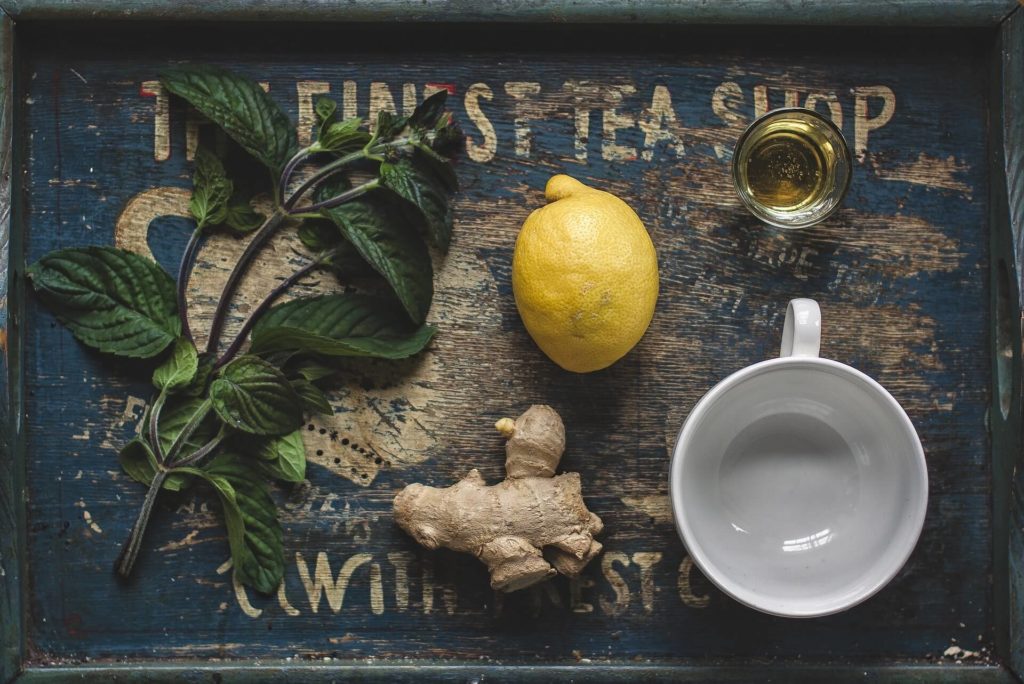
Most doctors will immediately prescribe an expensive disinfectant mouthwash, which makes sense. How good that you can also make something like this yourself with simple means. I probably have most of the utensils lying around in my alpine hut anyway and can resort to the tried and tested alternatives if I know how to make and use them.
(back to the overview)
Alcohol disinfects

Disinfection. One immediately thinks of….. Of course, alcohol. There is probably no mountain hut without a bottle of Obstler hidden somewhere. So it’s a simple solution. Personally, I drink neither wine nor beer, and certainly not Obstler. Much to the chagrin of bartenders, I love pure water. But as a medicine and to extract active ingredients from medicinal herbs, alcohol is also used in my household. In this case, i.e. for the gums, I would simply rinse out the mouth several times a day with the Obstler, pulling the liquid vigorously through the teeth. But be careful: it may burn briefly and violently at first. Of course, not only fruit schnapps is suitable, but also all other high-proof spirits. Maybe you can find some leftover whisky or vodka. If you read on, you will also learn about herbs that you can add to the fruit schnapps to enhance the healing effect. I think it is better to spit out the rinse after using it, especially as it is likely to be enriched with bacteria and harmful substances.
(back to the overview)
Salt solution has an antibacterial effect
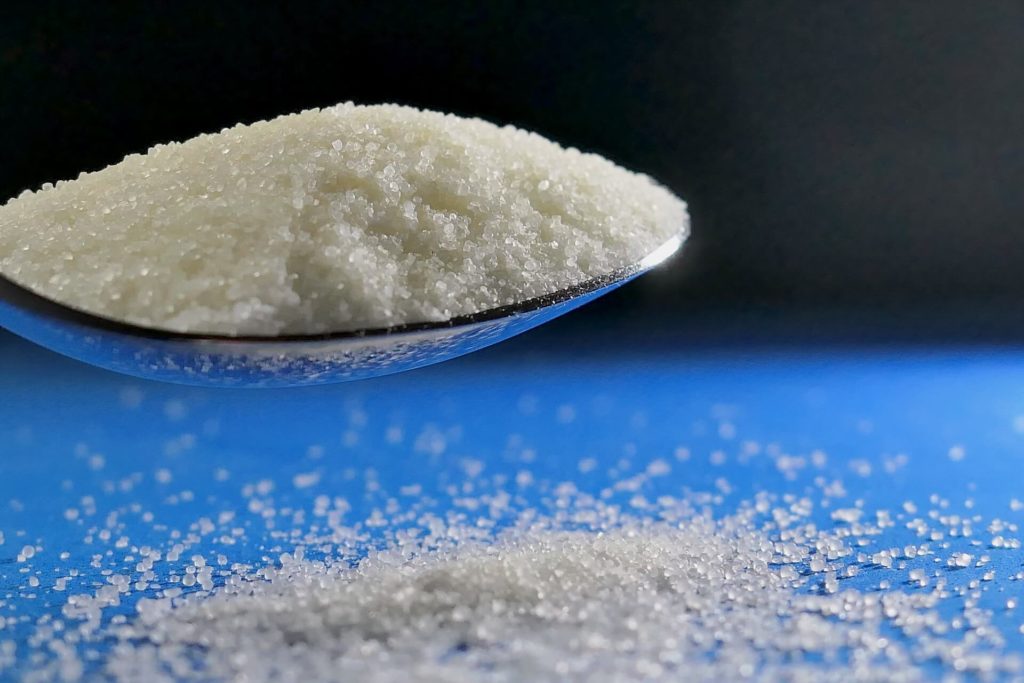
No alcohol in the house? Never mind. But you probably have some salt, don’t you? Then you can make a salt solution. It has an antibacterial effect and also helps with acute toothache. It also stimulates the flow of saliva, which helps the body to remove harmful substances and thus protects against tooth decay. Dissolve one to two teaspoons of salt in a glass of warm water and the rinse is ready. If you happen to be in Lanzarote, I recommend that you swish the sea water through your teeth as often as possible during your daily swim. I also always gargle with it and take a few sips. I also take seawater with me into my kitchen. For gargling and for cooking potatoes.
(back to the overview)
Alkaline rinse with vinegar or lemon juice

My third suggestion for a mouth rinse seems acidic at first glance, but in fact the millieu in the mouth becomes very alkaline through use. And most bacteria don’t like that at all: add a splash of lemon juice or apple cider vinegar to a glass of water. These two additives also have an anti-inflammatory effect and stimulate saliva production even more than salt. You should not brush your teeth for at least half an hour after use so that your body has enough time to remineralise the enamel.
Drinking a glass of water with a squeeze of lemon juice or apple cider vinegar in the morning on an empty stomach has an internal cleansing effect. This supports the removal of toxic inflammatory substances.
(back to the overview)
Cinnamon also helps

Another ingredient for a mouth rinse comes from the spice shelf: cinnamon. It has both a disinfecting and wound-healing effect. Simply pour a teaspoon of the spice into boiling water and let it cool.
(back to the overview)
Turmeric as a paste or cooked
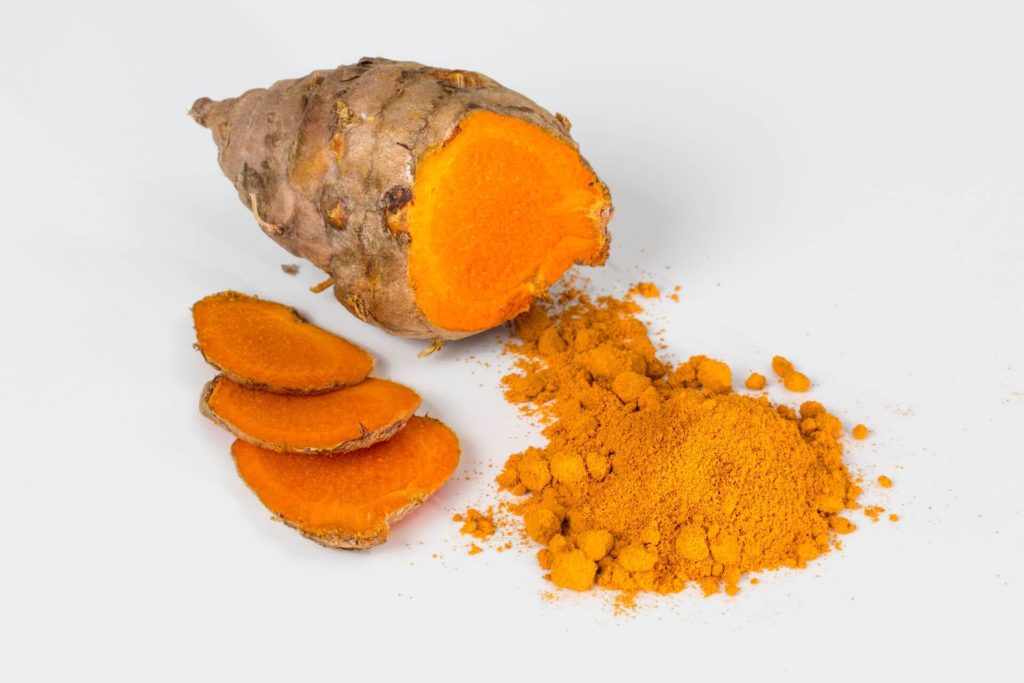
Let’s stay in the spice rack for a moment. If you have turmeric there, you can make a paste from the powder with water and apply it to the inflamed area 3-4 times a day. This worked both externally and internally. It is also said that turmeric makes tartar disappear. I personally like to eat the small tubers freshly cooked, with a little butter, salt and black pepper. I often let them boil for a few minutes in the morning with my morning tea water. Delicious. And if my gums are not feeling well at the moment, I leave the chewed porridge in my mouth a little longer before swallowing it.
(back to the overview)
Against pain: cloves

Since we seem to have arrived at Christmas spices, I would also like to mention the spice clove. It contains eugenol, which inhibits the growth of bacteria, fungi and viruses and has an anti-inflammatory effect. Eugenol is also responsible for the analgesic and local anaesthetic effect. If you chew or lightly bite on a clove and then push it against the affected tooth, in most cases you will feel virtually nothing there within a very short time. Clove oil also has this effect. It can’t hurt to always have a small bottle of it in the house and it should also be in your holiday luggage.
(back to the overview)
Coconut oil – also as a deodorant
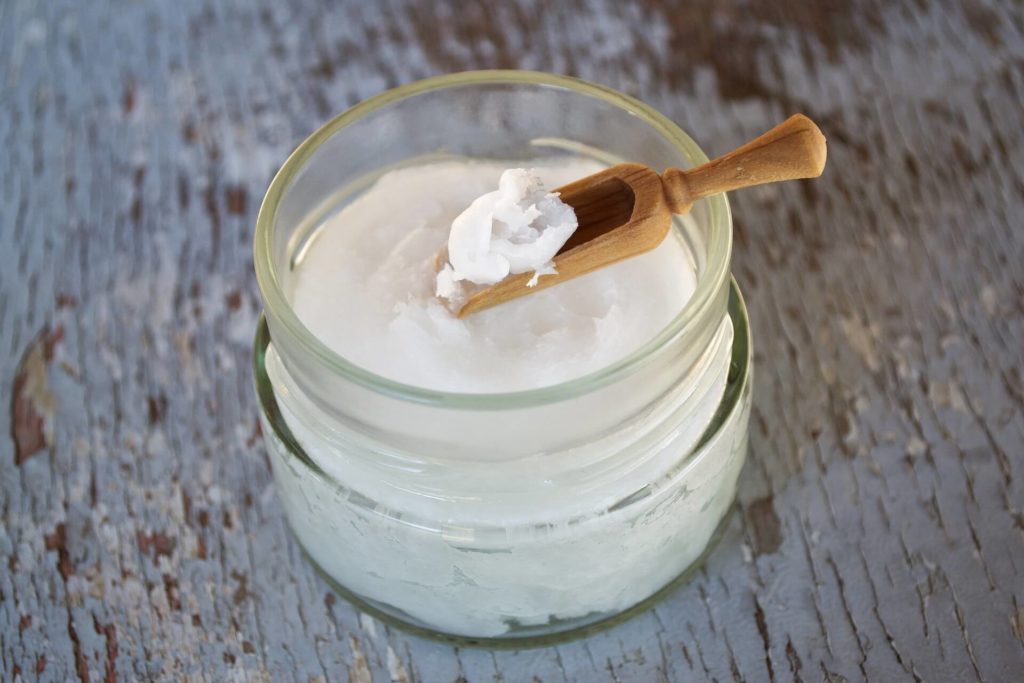
You will always find coconut oil in my kitchen, no matter whether I am in Germany, on Lanzarote or on the Alpe di Siusi. I use the oil not only for cooking, but also for skin care and as a deodorant. It has an antibacterial effect. And since it also tastes good, it’s great for soothing the gums a little. Simply apply it to the affected area every now and then.
(back to the overview)
Garlic is very hot
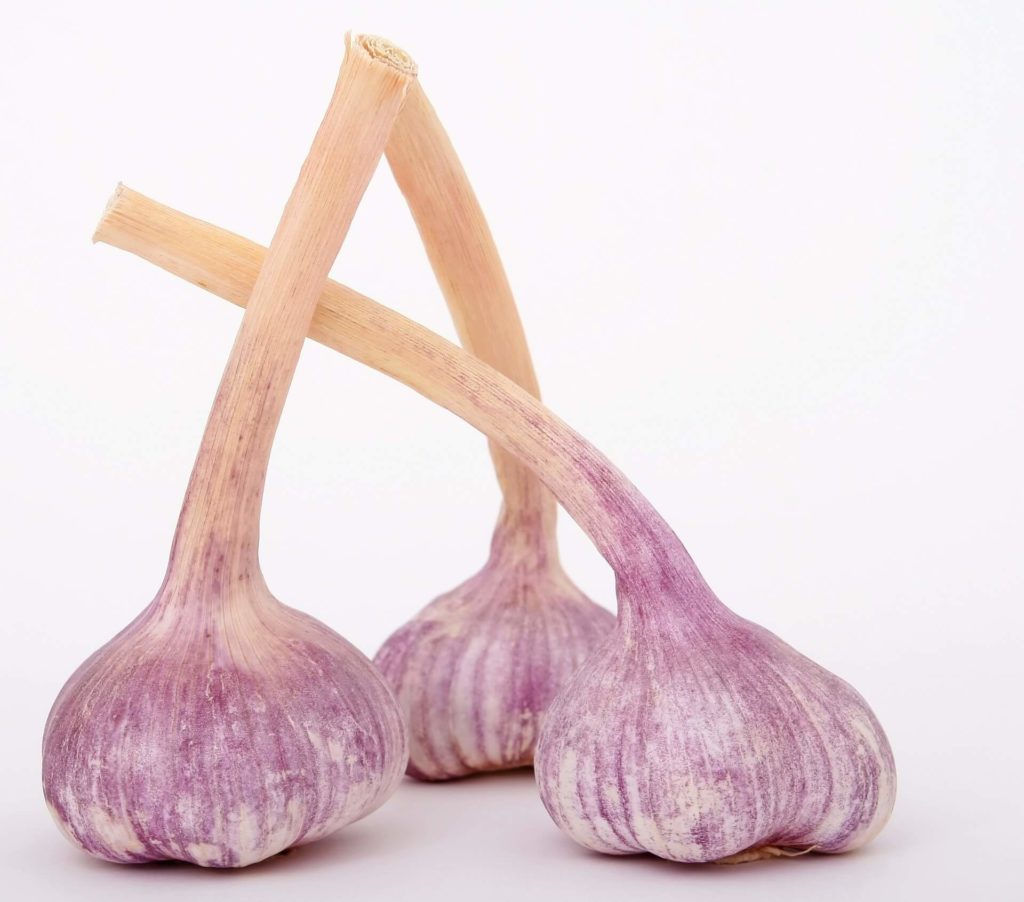
On the mountain pastures as well as on Lanzarote you will probably always have fresh garlic available. If you like it, you won’t miss it in Germany either. The cloves are absolute all-round healers. You can make use of their strong anti-inflammatory and antibacterial effect: Simply crush them and apply the paste to the painful area. But be careful: it burns. Personally, it’s too radical, too sharp for me. I can’t stand it for three seconds. I add some water to the crushed garlic in a cup, let it steep for a moment and soak cotton wool with the liquid. I can then dab it on my gums or put it between my teeth and lips. It’s still hot enough and it works. And you can dilute it with water so that it is okey for you.
(back to the overview)
Ginger as a tea – to rinse and drink

I feel the same way about ginger as I do about garlic. It is highly effective, but fresh and pure it is actually too hot for my gums. As a tea for a disinfecting mouthwash, however, I find it pleasant.
(back to the overview)
Herbal tea – even the tea bags
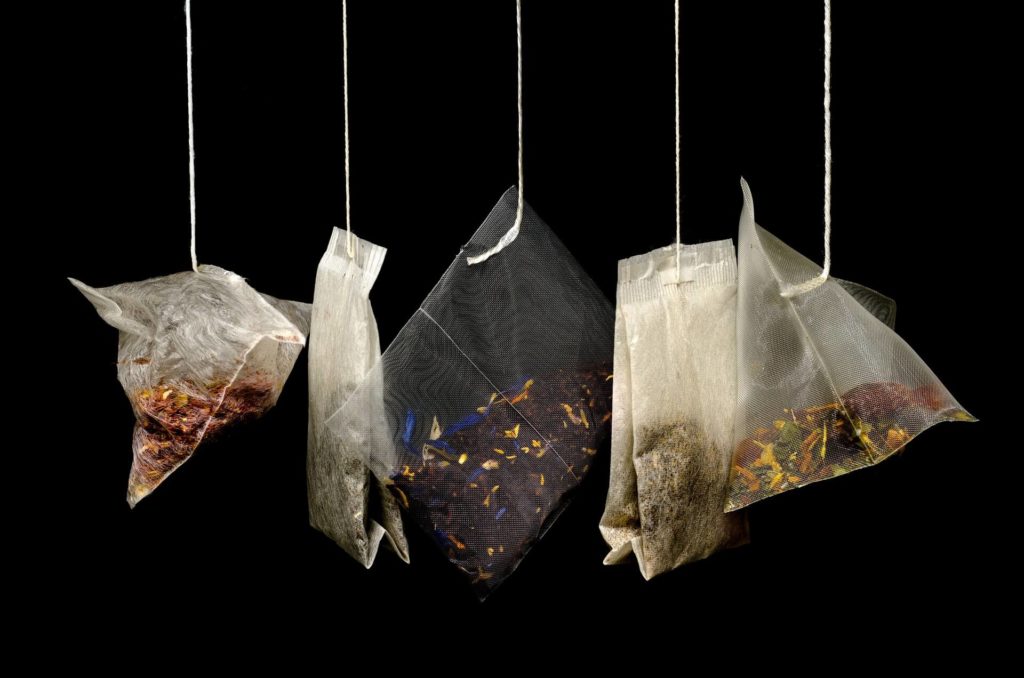
There are a lot of herbs that are good for inflamed gums. Even though you may not be very well sorted in this respect, you will certainly have some of the following in the house:
Peppermint, sage, lavender, chamomile, juniper berries, thyme, marjoram.
Just make a tea from them. It will soothe the inflammation, inside and out. If you have tea bags, you can dip them briefly in boiling water, let them cool for a moment and then place them directly in the mouth where they are needed and let them soak in. This is very beneficial.
Green tea has an internal detoxifying effect and removes many harmful substances.
(back to the overview)
Roses can do more than smell good

Maybe you have a flowering rose bush in your garden. Did you know that the blossoms are used to treat diarrhoea, cold sores and acne? The tannins and flavonoids have an anti-inflammatory effect. You can make a tea from the freshly picked or dried petals and use it as a mouthwash. Or you can add some leaves to the herbs mentioned above.
Wild herbs – best fresh

You may know a little about wild herbs. There are some that you can use to make a tincture that strengthens the gums and speeds up healing. And they are also good for making tea for gargling:
Lady’s Mantle, Groundsel, Daisies, Calendula, Giant Margarite, Artemisia Annua, Nettle, Dandelion,
I prefer to pick the herbs fresh, chew them and push the pulp in my mouth where I want it. I have had very good experiences with a mixture of sage, calendula (= marigold) and thyme.
(back to the overview)
Always with me: Aloe Vera

There is one very special plant that I do not want to forget: Aloe vera. Since I got used to it during my stays in Lanzarote (it grows everywhere there), it is always near me in Germany and on the alpine pastures, namely in a flower pot. And for any kind of burn, especially sunburn, I am always glad to have it with me. As it has a decongestant and anti-inflammatory effect and is also edible (but without the skin), it is also good for treating gums. The freshly cut leaves are left standing vertically, cut-side down, overnight so that the toxic substances that are directly under the peel can drain off. From the next day, the fresh gel (i.e. the peeled and crushed leaves) is applied 3-5 times a day.
(back to the overview)
Also healing clay draws out harmful substances
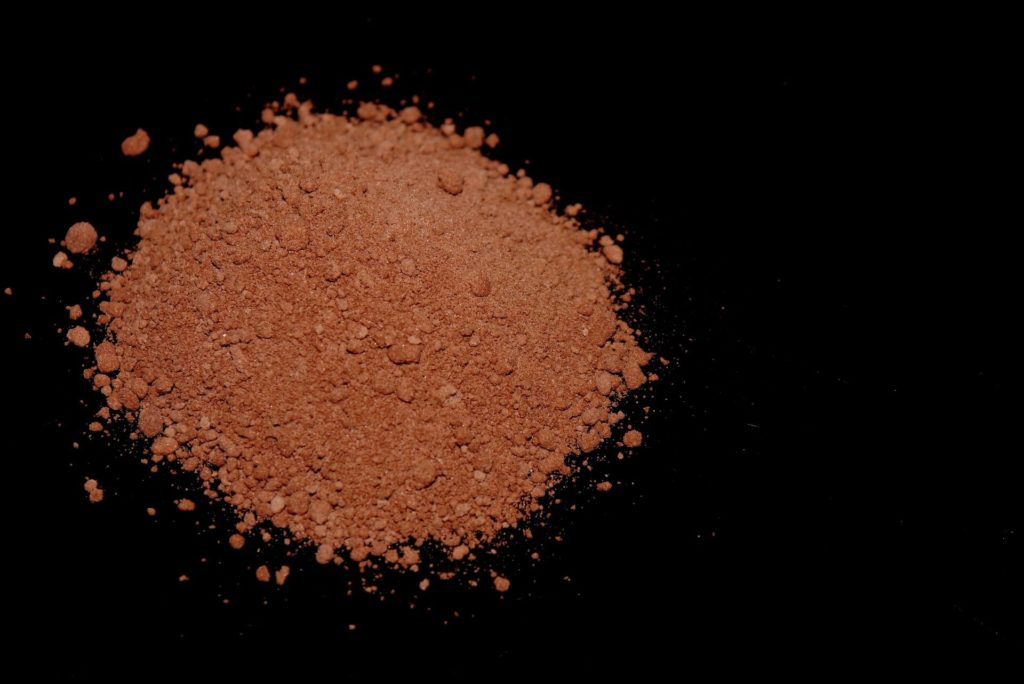
Healing clay works in a similar way. If you have some that is suitable for internal use, put some in your mouth, pure or mixed with water, push it onto the inflamed area with your tongue and let it work there for as long as possible. You should also spit out this paste afterwards. You can mix the healing clay for external use with a little water or camomile tea and apply the paste to the outside of the jaw. This can also draw out harmful substances.
(back to the overview)
Healing clay, cabbage leaves and curd cheese have a similar effect

You can also use curd cheese in a similar way to the externally applied healing clay. It is also pleasantly cool, which is good for the inflammation.
Cabbage leaves are also often used for inflammations. They are squeezed with a pasta roller or a bottle or briefly hot-ironed so that the cells crack a little and the healing substances can better escape.
Healing earth, curd or cabbage (applied) can also help with painful joints, as these are also usually inflammations.
(back to the overview)
Oil pulling for detoxification
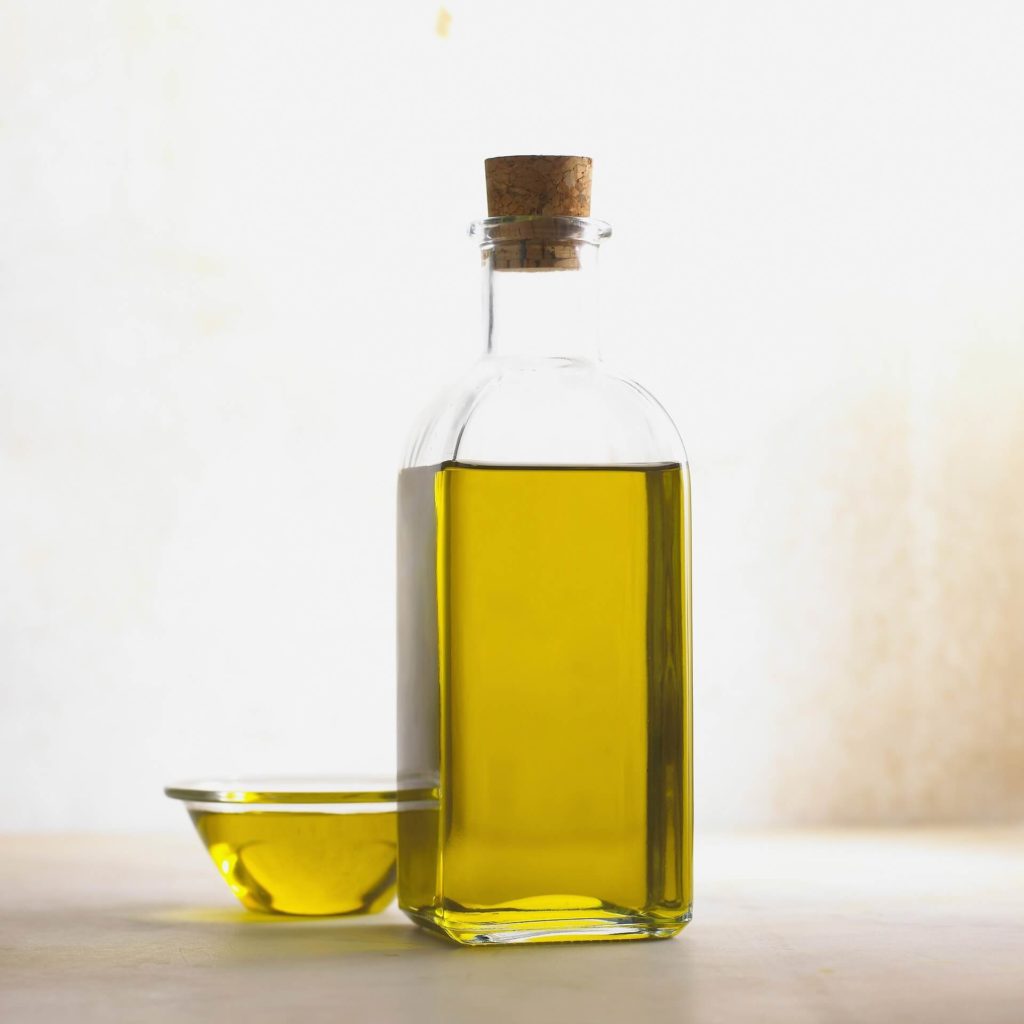
In order to draw the harmful substances out of the inflammation and drain them, I recommend the so-called “oil pulling”. To do this, pull a spoonful of sunflower oil (other oils also work) through your teeth for a few minutes, back and forth. Foreign harmful and toxic substances are bound by the oil. The resulting milky liquid should be spat out.
(back to the overview)
My personal recipe
So, that’s quite a lot, of course, although I suspect that the list could be extended. It all depends on what you have in the house and what feels right for you. My actual mixture used to look like this:
Take an empty jam jar, fill it with fresh leaves of Artemisia Annua, sage, thyme as well as calendula flowers and rose petals and pour on rum. Finally, add a few drops of chamomile tincture and a drop of tea tree oil. Close, shake well and leave to stand for as long as possible. At least an hour. I rinsed my mouth every hour with a small sip of this mixture. I also drank a tea made from nettle and dandelion throughout the day and at least two litres of water in addition. And whenever I thought of it (usually several times a day), I swished sunflower oil through my teeth. This combination helped me. I believe that thanks to this mixture I have avoided a root canal. But everyone has to find out for themselves what is right for them.
(back to the overview)

These suggestions do not replace the doctor
Here is a note for my own safety, so that I don’t get into trouble:
This article is about personal experiences and suggestions. Use at your own risk and the suggested treatments do not replace the doctor. I make no promise of a cure.
Fortunately, I have a very good dentist. When my pain started, I had her x-ray the area. It was an infection at the root of the tooth. We discussed that I would treat it in my own way, namely with the remedies listed above. If it got better, I would come back a month later for another x-ray to make sure everything was OK. And if it doesn’t get better or even worse in that time, I should come for root canal treatment. But that was not necessary. I was immediately pain-free through my methods and could see the swelling going down and the tooth strengthening every day. My dentist was very impressed. I don’t think she really believed it would work. I think it’s great that she has the openness to go for it anyway. Thank you very much Viktoria.
🙂
(back to the overview)
You like my blog and would like to support me?




